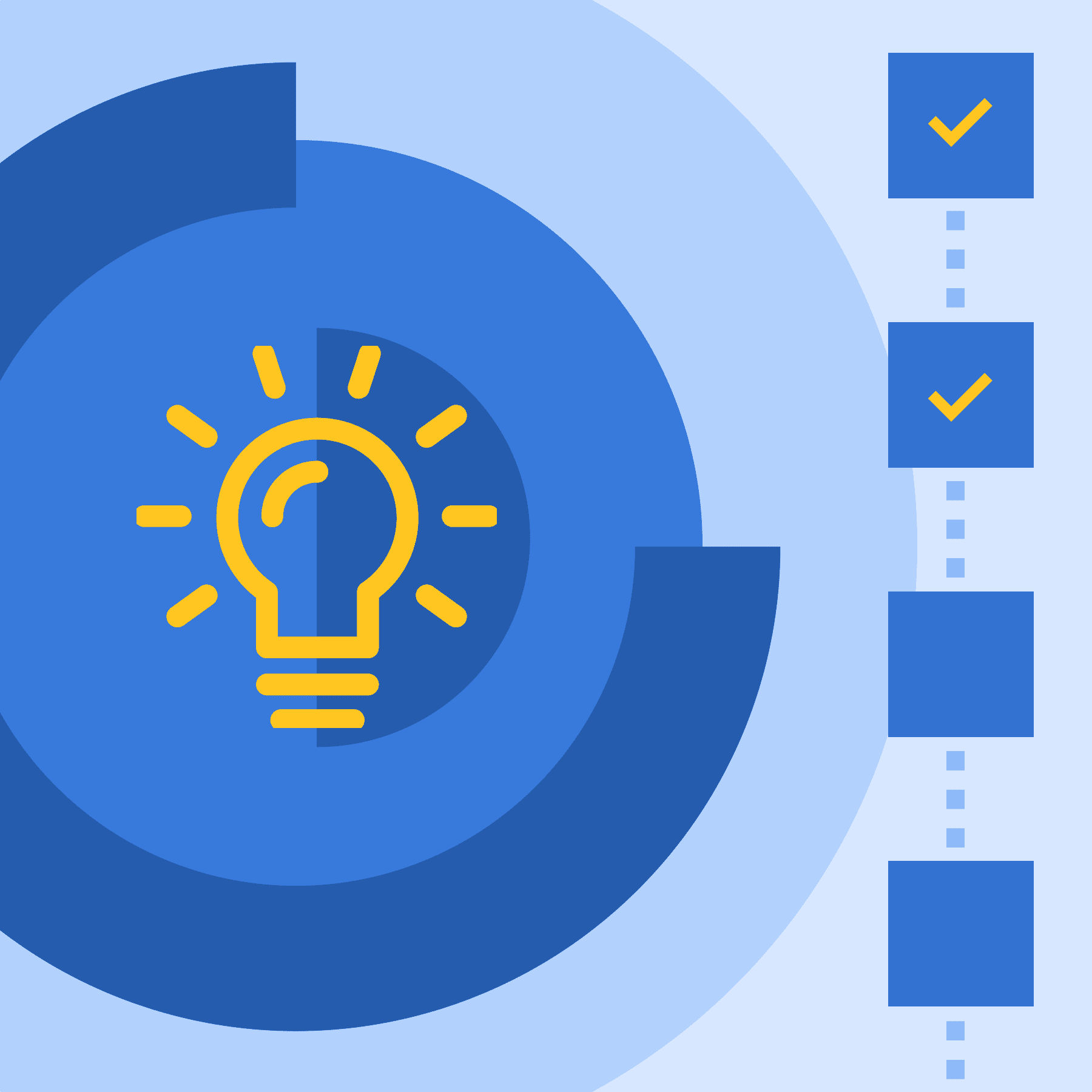This guest blog post was written by Andrea Maliska, an award-winning learning and development leader with over fifteen years of experience across multiple industries. Andrea currently owns her own eLearning consulting company, Rebel Learn.
The term eLearning has come up a lot recently. With the rise of globally dispersed workforces and the need for virtual learning options in k-12 and higher education, eLearning has been gaining popularity. But eLearning is still fairly shrouded in mystery. What is the difference between how to create eLearning and how to create online training, virtual learning, or instructor led learning? Are they the same or completely different? What is the benefit of using eLearning for distance learning? How do I create eLearning? How do I access eLearning? Fear not! I am here to break down and demystify the concept of eLearning and give you pointers on things to keep in mind as you embark on this exciting journey.
Let’s first start with answering the question of, “What is eLearning?” eLearning is a structured course or complete learning program created and consumed electronically, hence the “e” in eLearning. This learning can be accessed from a desktop, laptop or mobile device, as long as the eLearning designers made them compatible with all devices. Since the student can access everything online, this makes this type of distance learning truly unique — and useful. An eLearning student can get access to the same knowledge and information, no matter their location, as if they were any other student undergoing traditional learning in a classroom.
History of eLearning
In 1999, in the happiest place in the world, Disney World, Elliot Masie coined the term eLearning during his talk at the TechLearn Conference. It was in this talk that this word had first been used in the professional context. But that is not when eLearning started. Online or Computer Based Training (CBT) had been used for years. Back in 1960 the first CBT program was developed and it was originally designed for students attending the University of Illinois, but ended up being used in schools throughout the area. But today, eLearning looks a whole lot different. Let’s take a look.
Asynchronous vs. Synchronous
You may have been hearing these words a lot more during the pandemic. These words often make eyes glaze over. Practitioners often use these terms without really taking into account that a majority of people have no idea what they mean. Let’s unpack these words and see how they affect the eLearning experience.
- Asynchronous learning: Asynchronous learning means consuming eLearning completely self-paced. Ok… you say… but what is self-paced? With self-paced, asynchronous eLearning you are accessing the learning on your own time at your own speed. This content is accessible 24 hours 7 days a week and you do not have scheduled class times or virtual meetings. Typically you take the course independently without a cohort or group of other students.
- Synchronous learning: Synchronous learning is taken in a cohort and with a live instructor. This can also be referred to as live online training or virtual instructor-led training (vILT). You move through the content by a schedule as you would if you were in the classroom with a live teacher.
- Blended: Many companies are looking at creating blended learning programs, meaning they have both synchronous and asynchronous aspects in their program. This could be having concepts and content being ingested self-paced and on a student’s own time with a weekly, bi weekly or monthly vILT session where the students can discuss what they are learning, ask questions and work in groups to augment the learning experience.
Benefits of eLearning
So why choose eLearning authoring tools over Instructor Led training? Some of this may simply be driven by necessity but there are many benefits to eLearning to take into consideration.
- Global Accessibility: The biggest one being global access. In a world where employees and students are globally dispersed it is extremely hard to get those students all in the same room, at the same time to do instructor led training. This allows these learners to access the training when they can and from where they are. And for companies that sell educational products, eLearning opens up a whole world of possibilities rather than being restricted to the city in which they have classrooms.
- Training Costs: While I am not going to say that eLearning is cheaper in the near term, it does save many costs in the long term. Why do I say this? Building an eLearning program has it’s upfront costs. Paying someone to create the strategy, build the online course material, make the videos, purchase software for creating and managing the content all have upfront costs. But once it is set up the costs of maintaining are far more minimal and off puts the costs of travel, hotel stay, catering, salaries for instructors, etc of putting on an in person training event.
- Consistent Information: eLearning also provides a more consistent learning experience for employees and guarantees that that knowledge is consistent and streamlined for everyone taking it. A singular voice and set of learnings makes it possible for all learners to take in the same content.
- Scalability: Most companies have mandatory training that their employees must take. Tracking and managing this for a company can increasingly become overwhelming and not scalable. eLearning and having a platform to serve up this content leaves this to the machines so people can do what they do best!
- Turnover Training: If you are in an industry that has attrition rates the cost of retraining can be quite costly and takes time. eLearning fixes this issue and allows employees to easily get onboarded and up to speed without taking a lot of time from the manager or internal trainers, allowing them to concentrate on the more important pieces of their jobs.
Creating eLearning
eLearning requires some specialization as far as creating the content. Because the content is being served up electronically, a 150 page word doc will not fly as a piece of training material. There are many options for creating content based on what type of training is being developed. Below are the top tool types being utilized today for creating content but keep in mind this is not an exhaustive list:
- Single Source Authoring Solutions: This is software that allows you to manage written content and output into several different output types. MadCap Flare is the industry leader in single source authoring solutions and can support the entire content management and publishing lifecycle. The beauty of this solution is that it allows you to output content to documents, websites and even microlearning while maintaining your source content in a single place. One of the biggest pain points of maintaining learning material is keeping it updated in all of the different places it exists. MadCap Flare’s single-source authoring allows you to update in one single place and push those updates to all of the outputs you need to support, saving a ton of time and manpower which in the end, saves on your bottom line. MadCap Flare can also incorporate content from rapid authoring tools, and video creation tools.
- Rapid Authoring Tools: These tools allow you to create online learning content that is interactive and oftentimes story-based. You have access to prebuilt templates, characters, quizzing and assessments. They also allow for output into SCORM or xAPI which is needed for learning management systems to be able to track learners progress and assessment scoring.
- Video Creation Tools: If you are creating eLearning that incorporates video content you may need to use a video creation and editing software. There are several out there, like Camtasia by TechSmith, that allow even beginners to create professional quality videos. These videos can then be embedded back into your content in Flare.
eLearning Platforms
So we talked about creating eLearning content but now how do we make that content available for students to take? You need a platform where students can access the content that you have built out. And while a wiki or intranet could be used for this, there are hundreds of platforms that have been created specifically for eLearning that boast ease of use, intuitive learner experiences and robust features to help aid in the engagement and retention of the program you are building. There are several types of eLearning platforms you can choose from like a Learning Management System (LMS), Learning Engagement System (LES), Learning Experience Platform (LXP), MicroLearning Platform, and the list goes on. While these all have slightly different names and are marketed in slightly different ways, they all, at their core, do the same thing. They allow you to build out eLearning programs so your learners can access your content from anywhere, anytime. These platforms are typically web based and offer a number of features to make your eLearning program fly.
eLearning Experiences
Building effective and engaging eLearning is more than just taking what you would say in a classroom and putting it into a powerpoint or talking head video. When you transfer your content from in person to online you need to do more to keep learners from multi-tasking and veering off course. eLearning allows you to interact with your audience in fun and interactive ways.
- Microlearning: One of the top ways to develop your eLearning content is to build it into Microlearning: small, targeted chunks of content that can easily be digested by the learner. Normally these are articles or videos that take between 3-5 minutes to complete. Think of it as the twitter or instagram of the learning world. Small, highly engaging content that drives retention.
- Assessments and Knowledge Checks: Another asset you can build into the eLearning program are assessments, quizzes and/or knowledge checks. These allow you to check and understand how learners are retaining your material. Depending on the platform capabilities these knowledge checks can be multiple choice, true/false, matching, open ended answers. In some cases you may be able to add the question on top of a video or allow learners to walk through a simulated scenario where they are making decisions in a story-based scenario and seeing where the outcomes land.
- Gamification: Gamification is a huge part of how society interacts with companies and has been for a long time. Remember when McDonald’s would have the monopoly game pieces and you could win prizes based on what you get? What about, more recently, the Starbucks app that allows you to collect points for dollars you spend to be redeemed later for free items? These are all examples of gamification in our daily lives. This same type of tactic can be used to engage and motivate learners during eLearning. You can allow learners to collect badges based on courses completed or earn points that can be shown on a daily leader board. The competitive nature of gamification drives higher levels of engagement in a portion of the learner base but not all of them. Gamification is good for the audiences and roles that benefit from this type of interaction.
- Story-based Learning: This is a favorite of mine and one I always encourage my clients to put into practice. This is when you build a real life scenario based on your training content in order to teach a specific concept or skill. It lays a foundation and context for the learning that is hard to do when you stay very task oriented. Building in a story allows the learner to put themselves in that viewpoint and see the value more quickly. It allows you to get the learner to the WIFM (What’s In It For Me?) much quicker. When a learner can see directly how the learning will impact their daily work or life they are more apt to retain that knowledge. eLearning that is built upon story-based foundations tends to be more highly rated and offer higher retention rates.
- Virtual Reality and Augmented Reality: VR/AR are hitting the learning industry by storm and are proving to be very effective ways to train employees and students in specific disciplines and industries. Building eLearning around learning that requires a lot of hands on to build and maintain the skills can be very difficult but VR and AR can now provide learners a reality in which they can put into practice the concepts and skills laid out in the eLearning.
Conclusion
While eLearning isn’t a new concept, the practice of it as it is laid out today can feel foreign to a lot of people. But remember, we engage in eLearning daily. From watching a quick YouTube video that helps with home maintenance or makeup techniques to launching videos from Instagram to help with daily fitness goals, these videos are great examples of what eLearning is and can be. With our shifting world and the globe becoming more connected, eLearning is becoming the new standard for learning. While nothing can replace the human interaction that traditional instructor-led training provides, eLearning and the strides being made in it are becoming much closer to being as effective. And as the generational landscape continues to change and shift in the working world, we will see more and more demand for learning that can be accessed anytime, anywhere.









